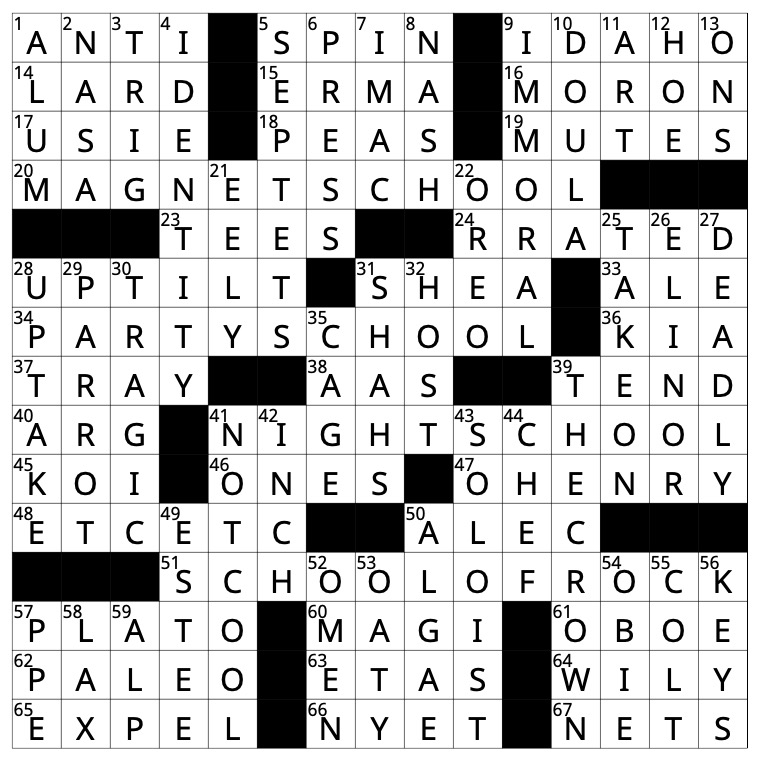“It’s amazing,” a Harvard-Westlake mother said, slowing down to gawk. “It’s stunning. Will it be here permanently?”
With these words, 3D Art teacher John Luebtow’s glass sculpture received its first review, an auspicious one. The mother was one of several faculty, students and parents to see the sculpture before its opening Tuesday night, when Luebtow and his crew spent about four hours May 18 installing (permanently) his 10-foot high, 12-foot wide creation, which is dedicated to retiring President Thomas C. Hudnut.
After the installation, the sculpture remained covered in a blue tarp until its unveiling after the annual Senior Art Show. It was planned for 6:30 p.m. so that those who attended could see the way the interplay of the light and glass differed in daylight and at night.
Although the piece is dedicated to Luebtow’s close friend Hudnut, Visual Arts Department Head Cheri Gaulke said that the piece is also a celebration of Luebtow’s tenure at the school. Luebtow, currently the senior member of the faculty, is retiring from teaching after 42 years at Harvard-Westlake and Harvard, where he founded the Visual Arts Department with the late Carl Wilson.
“He’s a force of nature,” Gaulke said.
Gaulke proposed commissioning a piece from Luebtow, and after Head of School Jeanne Huybrechts received the proposal with enthusiasm, Luebtow began working last June, taking inspiration from Hudnut’s love for fishing by working from the linear movement of fishing rods and lines.
“He’s an amazing fisherman,” Luebtow said. “When I was thinking about what to do for him, I was thinking, you know, the thing we’ve done together is fish.”
Since June, Luebtow has worked for thousands of hours on the sculpture while photography teacher Kevin O’Malley documented the process.
“I’m excited now because I’m done,” Luebtow said. “It’s over with. Over a year. It’s a little bit more stressful for me doing this piece than a corporate piece because I was here when [Hudnut] was hired, I was a department chairperson, and so I was part of [the hiring panel].”
By the time Hudnut became headmaster of Harvard School, Luebtow had worked there for 17 years. He arrived in 1971, just after Harvard had transitioned from a military academy equipped with an armory and a rifle range to a college preparatory school.
“One of our classrooms was the gun storage room with all the gun racks in it,” Luebtow said.
Having arrived on a campus far different than today’s, Luebtow watched not only his new Visual Arts Department expand, from one room in Chalmers to all of Weiler Hall to a building where Munger now is to its current home in Feldman-Horn, but all of the campus expansion and change as well, from new buildings to the inclusion of girls.
Luebtow not only taught but balanced his work at school with his work in the art world, where he was one of the pioneers of artistic glass sculpture in the 1960s. With his departure, Luebtow will be able to devote himself full time to his work.
Luebtow said leaving was like graduating after 64 years in school.
“It’s like I’ve been in school since kindergarten and finally I’m graduating,” Luebtow said. “I’ve had summer vacations, Christmas vacations and Easter vacations for 64 years.”
Luebtow said he plans to spend time in the studio and house he owns near Seattle, where several of his friends live, and to begin working on a book about influence of philosopher Friedrich Frobel on contemporary art with the head of the Architecture Department at University of Washington.
“For some people, they don’t have anything when they retire,” Luebtow said. “I will never have that problem. I’ll never retire. I’ve just changed gears. I’ve changed focus.”































